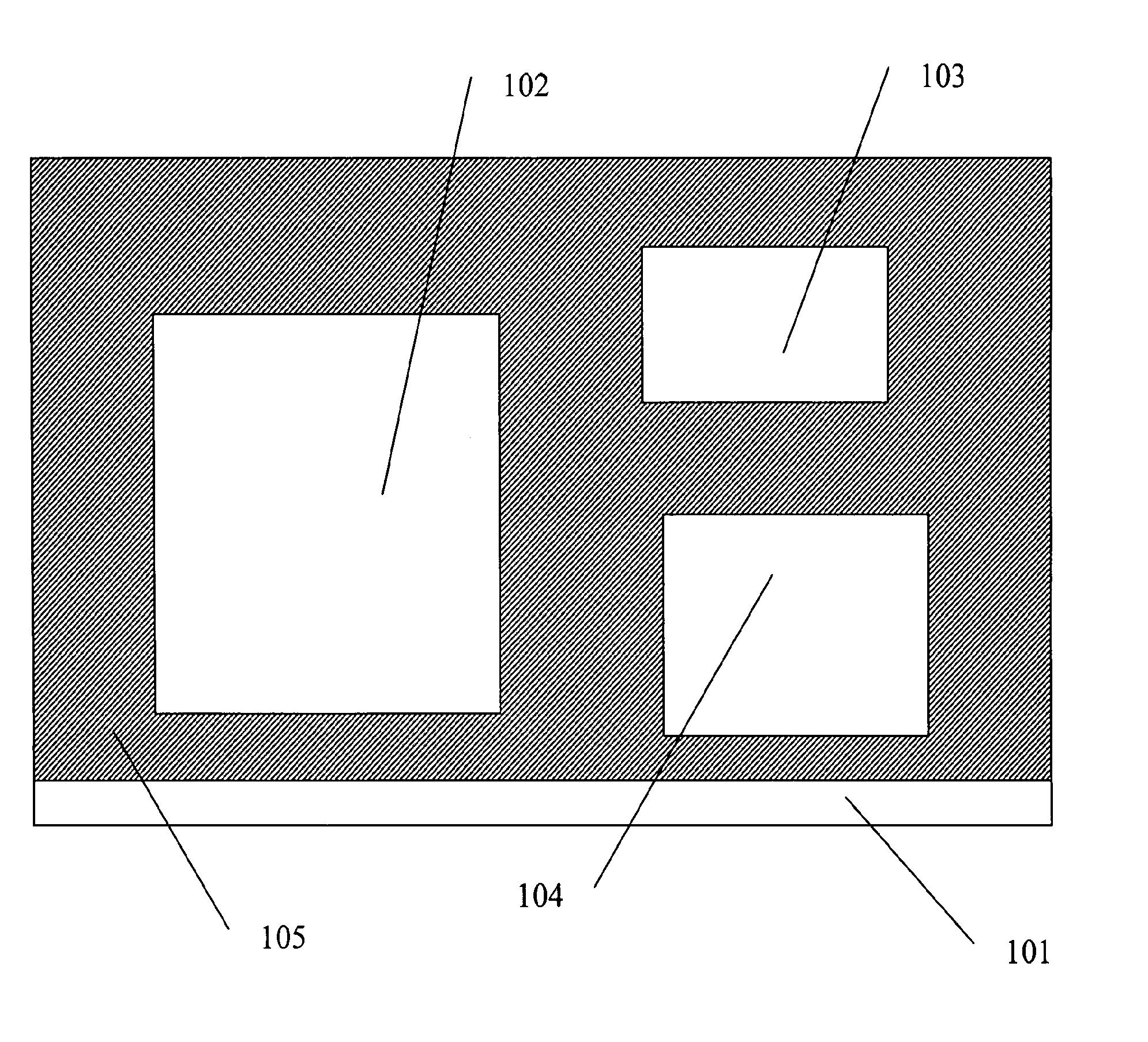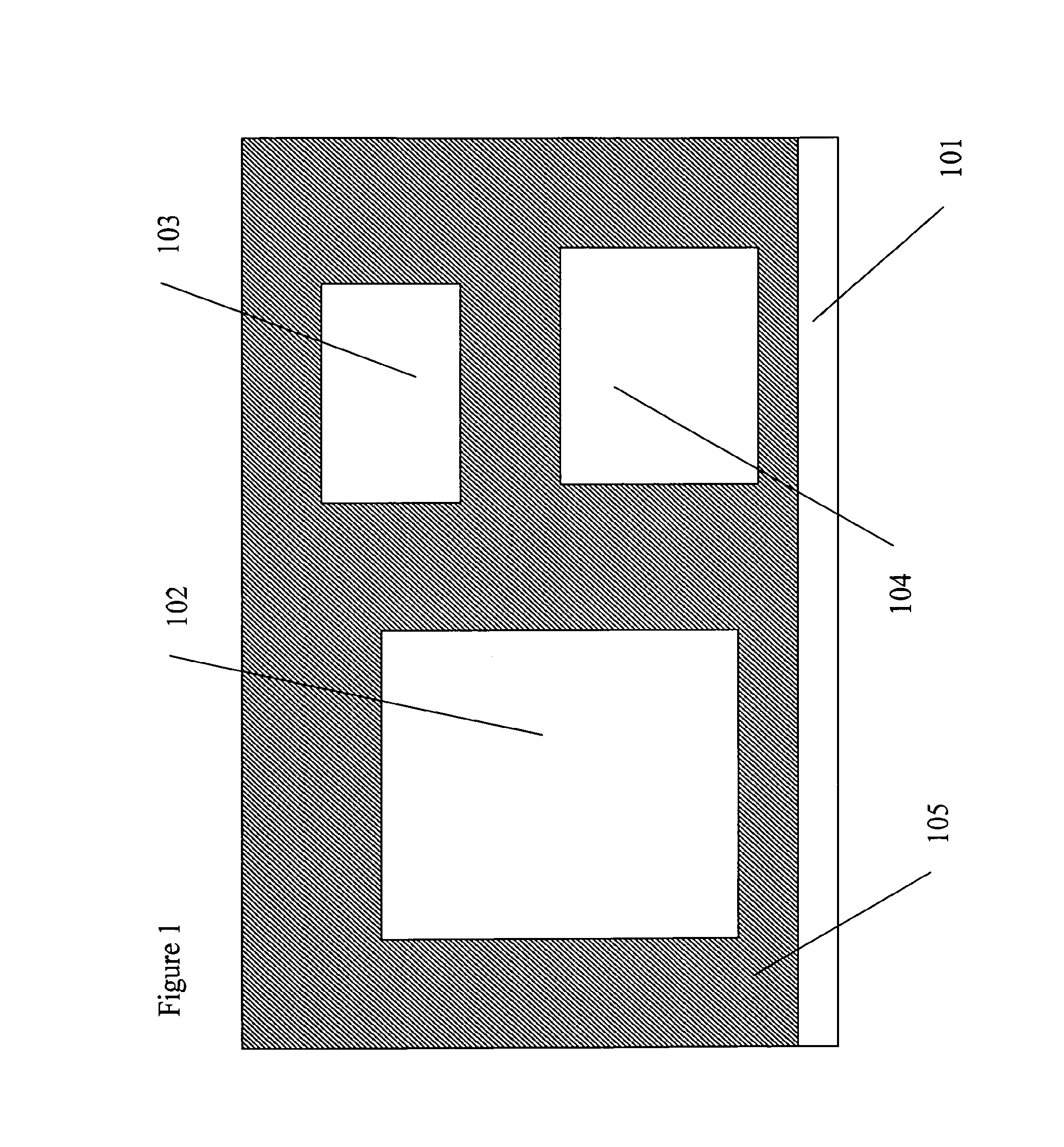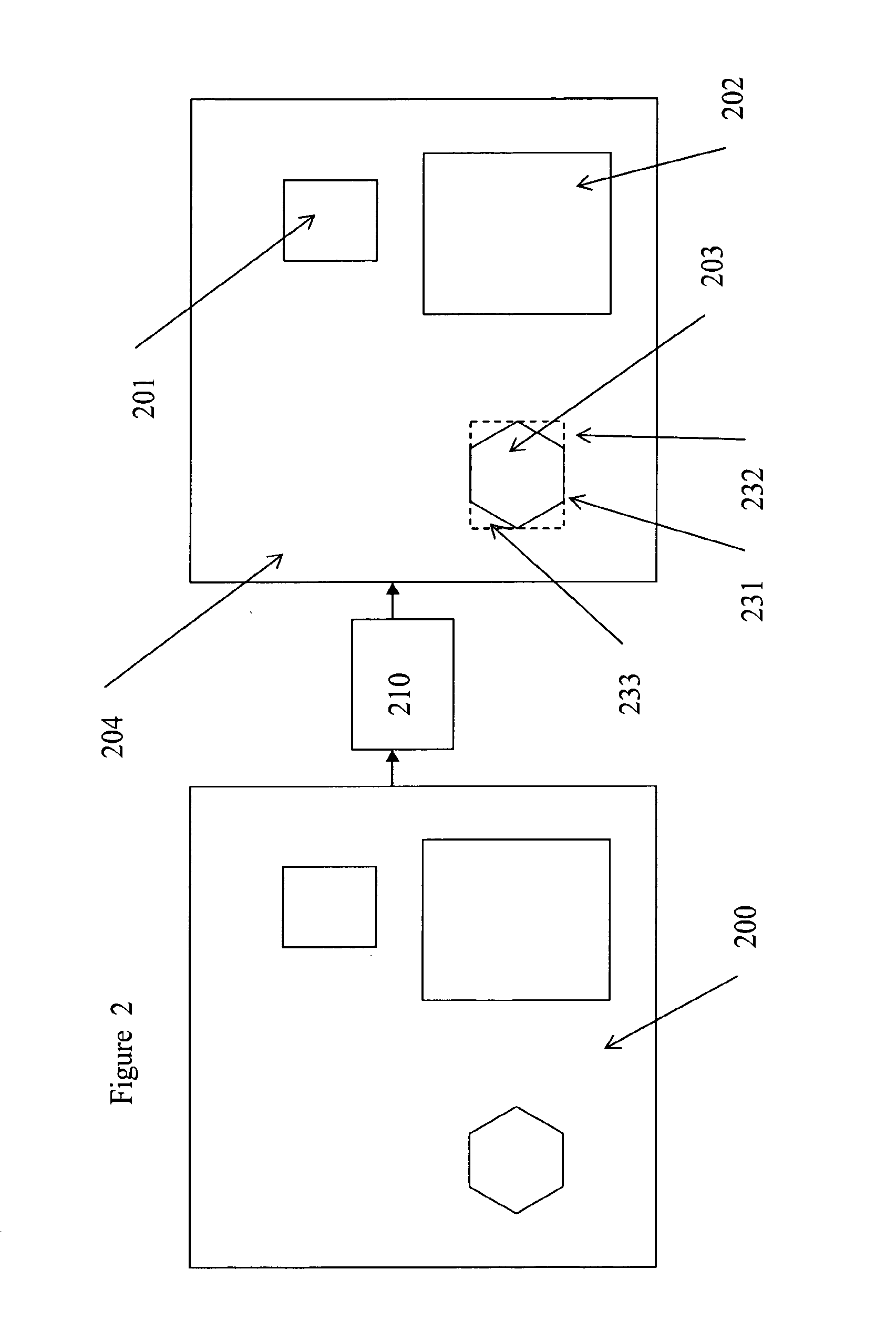Method and device for image and video transmission over low-bandwidth and high-latency transmission channels
a transmission channel and low-bandwidth technology, applied in the direction of selective content distribution, wireless communication, instruments, etc., can solve the problems of severe image degradation and low overall image/video quality, and achieve the effects of improving security and priority signalling, low overall image/video quality, and severe image degradation
- Summary
- Abstract
- Description
- Claims
- Application Information
AI Technical Summary
Benefits of technology
Problems solved by technology
Method used
Image
Examples
Embodiment Construction
[0061]According to a first aspect of the present invention, a method and system are disclosed that allow for higher overall image quality compared to existing methods, when only a limited bandwidth is available. This is achieved by decomposing the image / video to be transmitted into multiple spatial areas, each having a specific image type, and detecting the image type of each of those areas and selecting the optimal image / video codec for those areas. Selecting the optimal image codec could mean optimizing on image quality (PSNR, MSE), optimising on compression ratio, optimizing on latency of the encoding / decoding process, optimizing to subjective image quality based on a model of the human vision system . . . . Decomposing the image / video could mean splitting the image / video stream into rectangular areas, each area having a specific image type. For example: if the desktop of a PC is to be replicated somewhere else then the desktop contents will have to be transmitted over a channel ...
PUM
 Login to View More
Login to View More Abstract
Description
Claims
Application Information
 Login to View More
Login to View More - R&D
- Intellectual Property
- Life Sciences
- Materials
- Tech Scout
- Unparalleled Data Quality
- Higher Quality Content
- 60% Fewer Hallucinations
Browse by: Latest US Patents, China's latest patents, Technical Efficacy Thesaurus, Application Domain, Technology Topic, Popular Technical Reports.
© 2025 PatSnap. All rights reserved.Legal|Privacy policy|Modern Slavery Act Transparency Statement|Sitemap|About US| Contact US: help@patsnap.com



